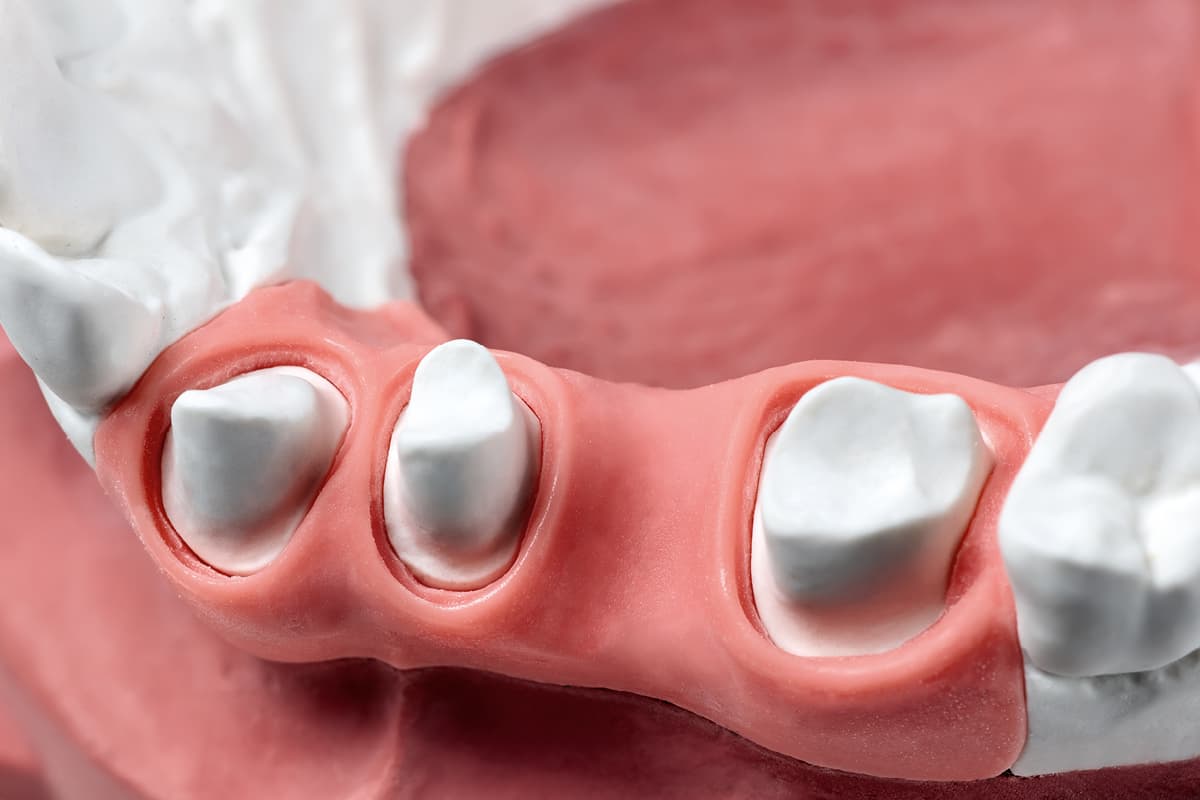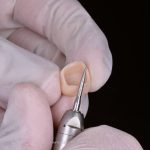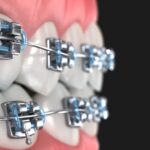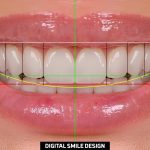
The faithful reproduction in a plaster cast of the soft tissue adjacent to a restoration, on teeth or implants, known as a “gingival replica”, is an essential step in creating a prosthesis that meets the aesthetic, biological and functional requirements to replace dental tissue (1).
Leaving aside the impression techniques used to transfer clinical information to the laboratory, this article wants to focus on the laboratory use of the gingival replica, also known as a “gingival mask” or, more commonly, as “false gums”.
Purpose of the gingival replica
The purpose of the gingival replica is to accurately and precisely reproduce periodontal and peri-implant soft tissue in master casts created during the fabrication of dentures or restorations supported by teeth or implants (2,3).
This is the only way for the technician to create an adequate emergence profile of the restoration that adapts correctly to the transmucosal path in the “rest” function, so as to be able to obtain maximum biological, aesthetic and even phonetic functionality, in the case of reproducing gingival tissue adjacent to prostheses on multiple teeth/implants (4,5).
An overcontoured restoration can in fact lead to problems such as plaque accumulation and gingival hyperplasia, while undercontoured restorations can compromise phonetics and aesthetics.
Furthermore, in implant prosthetics, the fabrication of a gingival replica or mask in the final plaster cast allows the coupling surface of the implant analogue to be kept above the plaster – a detail that is extremely important so as to be able to adequately control the fitting of the prosthesis at connection level (6).
Precisely with this in mind, Orenstein proposed the use of a transparent silicone material to make the gingival replica, without having to remove it every time, especially in the case of precisely milled abutments at gum level (7).
Fabrication of the replica in the final plaster cast
To carry out this procedure, the dental technician must know how to work the plaster model correctly and use the materials suitable for reproducing the gingival transmucosal path according to the methods indicated by the manufacturer.
Casts made entirely of rigid plaster hinder the fabrication of congruous prosthetic restorations because the plaster’s physical properties can cause deformations during the production phases of the restoration, as it cannot simulate the resilience of soft tissues.
It is therefore essential to use materials that also simulate the resilience of the free gum on the working model (8).
Removing and repositioning the replica
Ideally, it should be possible to remove and reposition the gingival tissue replica on the cast during the prosthesis fabrication procedures whenever the dental technician wishes to carry out checks, verifications or modifications of the restoration in situ (6).
This repositioning on the plaster cast can be difficult, especially if the surfaces are not smooth or have voids.
If not correctly adapted to the cast, the gingival replica can mislead the dental technician by simulating a different depth of implant insertion compared to the gingival margin, potentially compromising the treatment result (6,8,9).
To resolve this problem, Azer (10) has proposed a technique whereby, after taking an impression, a significant thickness of false gum is created around the analogue; subsequently, this is removed from the impression and recontoured to form a square of pink gum, which will be easier to reposition on the plaster cast.
By achieving predictable repositioning of the gum on the cast, the technician can create a customised implant abutment with an optimal position and shape of the crown’s emergence profile (10).
Repositioning in cases of low tissue volume
However, it is not always possible to place an abundant amount of false gum.
In cases where there is a low tissue volume, for example when a single element with a narrow mesio-distal and vestibulo-lingual dimension is prosthetised or when the fixture’s emergence is juxtagingival, the gum mass on the cast will inevitably be limited.
If a small gingival replication is created in this way, it will be then difficult to cut and reposition it, thereby making it also unstable on the impression (6,10).
To resolve this, Hsu (6) has proposed another technique for creating a smooth gingival replica, which can therefore be easily repositioned in the plaster cast even when space is tight.
In this case, after taking the impression and placing the analogue on the transfer, additional silicone is applied, extending beyond the connection. The next step involves applying wax to smooth off the irregular surfaces of the silicone in order to then cast the impression.
Once the cast has been made and any apical excess silicone has been smoothed off, an artificial gum is obtained with a surface in contact with the plaster, which is smooth and always repositionable (6).
The use of lubricants/separators
It is important here, as in other cases, to apply a lubricant between the addition silicone used for the false gum and the impression.
Otherwise, especially in cases where the impression is of the same type of material as the gingival replica, adhesion could occur, making it impossible to reproduce the soft tissue (11).
One of the most common problems encountered with lubricants/separators is the dimensional change caused by the evaporation of plasticising agents or their interaction with the impression material used (12).
Moreover, when a polyether or polysulphide is used as an impression material, the sulphur released as a by-product of the polymerisation reactions can cause incomplete polymerisation of the polyvinyl siloxane gingival mask if the two materials are not properly separated (12).
Quality materials for gum reproduction
The correct production of the gingival replica in the plaster cast is essential to ensure the aesthetic, functional and biological success of dental prostheses.
The use of precise techniques, appropriate materials and the adoption of innovative solutions described in the literature can significantly reduce technical and clinical problems, ensuring greater patient satisfaction.
Zhermack offers the Gingifast range top quality polyvinyl siloxanes for making gingival reproductions on casts. These materials facilitate the various phases of prosthetic production by guaranteeing an attractive finish and excellent technical performance.
Gingifast allows dental technicians to make a choice in terms of:
- Hardness, between 40 ShA for Gingifast Elastic and Gingifast CAD Elastic and 70 ShA for Gingifast Rigid and Gingifast CAD Rigid;
- Method of use: all the products in the Gingifast range are compatible with the various artificial gingival reproduction techniques (direct and indirect);
- Scannability: Gingifast CAD versions are scannable and readable even without scan sprays.
Visit https://www.zhermack.com/en/ to discover more about all the benefits offered by the Gingifast range.
References
- Sun TC, Chang TK. Soft tissue management around dental implant in esthetic zone – the current concepts and novel techniques. Journal of Dental Sciences. 2024 Jul 1;19(3):1348–58.
- Bassiouny MA, Yearwood LL. Establishing the gingival emergence profile of restorations by using a resilient gingival replica. Journal of Prosthetic Dentistry. 1996 Oct 1;76(4):386–9.
- Wilkinson MR, Woody RD. A soft tissue simulated cast for implant prosthesis. Journal of Prosthetic Dentistry. 1992 Sep 1;68(3):553–4.
- Ganddini MR, Tallents RH, Ercoli C, Ganddini R. Technique for fabricating a cement-retained single-unit implant-supported provisional restoration in the esthetic zone. The Journal of Prosthetic Dentistry. 2005 Sep 1;94(3):296–8.
- Spyropoulou PE, Razzoog M, Sierraalta M. Restoring implants in the esthetic zone after sculpting and capturing the periimplant tissues in rest position: A clinical report. The Journal of Prosthetic Dentistry. 2009 Dec 1;102(6):345–7.
- Hsu Y tsung. A technique to improve the fit of a soft tissue replica on a definitive cast. The Journal of Prosthetic Dentistry. 2017 Jan;117(1):191–2.
- Orenstein IH, Petrazzuolo V, Gorczyca P, Chun JH. Use of transparent polyvinylsiloxane to replicate gingival peri-implant soft tissue. Journal of Prosthetic Dentistry. 2003 Oct 1;90(4):410–2.
- In Vitro Evaluation of the Effect of Soft Tissue Samples Produced Using Different Gingival Masks on Implant Angulations. Essentials of Dentistry [Internet]. 2023 Oct 19 [cited 2024 Jul 4]; Available from: https://essentdent.org/en/in-vitro-evaluation-of-the-effect-of-soft-tissue-samples-produced-using-different-gingival-masks-on-implant-angulations-1332
- Cascione D, Magne P. Custom-made removable implant analogs for soft-tissue casts. J Prosthet Dent. 2006 May;95(5):399–400.
- Azer SS. A simplified technique for creating a customized gingival emergence profile for implant-supported crowns. J Prosthodont. 2010 Aug;19(6):497–501.
- Nayyar A, Moskowitz M, Pollard BL. Improving the Emergence Profile of Dental Restorations with Accurate Reproduction of Soft Tissue Topography. Journal of Esthetic and Restorative Dentistry. 1995;7(1):26–31.
- Beyak BL, Chee WWL. Compatibility of elastomeric impression materials for use as soft tissue casts. Journal of Prosthetic Dentistry. 1996 Nov 1;76(5):510–4.
Would you like more information about Zhermack Dental products and solutions?
Contact us




 Zhermack SpA has been one of the most important producers and international distributors of alginates, gypsums and silicone compounds for the dental sector for over 40 years. It has also developed solutions for the industrial and wellbeing sectors.
Zhermack SpA - Via Bovazecchino, 100 - 45021 Badia Polesine (RO), Italy.
Zhermack SpA has been one of the most important producers and international distributors of alginates, gypsums and silicone compounds for the dental sector for over 40 years. It has also developed solutions for the industrial and wellbeing sectors.
Zhermack SpA - Via Bovazecchino, 100 - 45021 Badia Polesine (RO), Italy.


